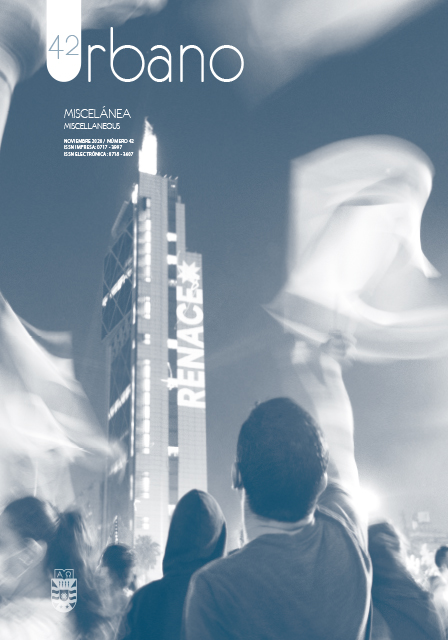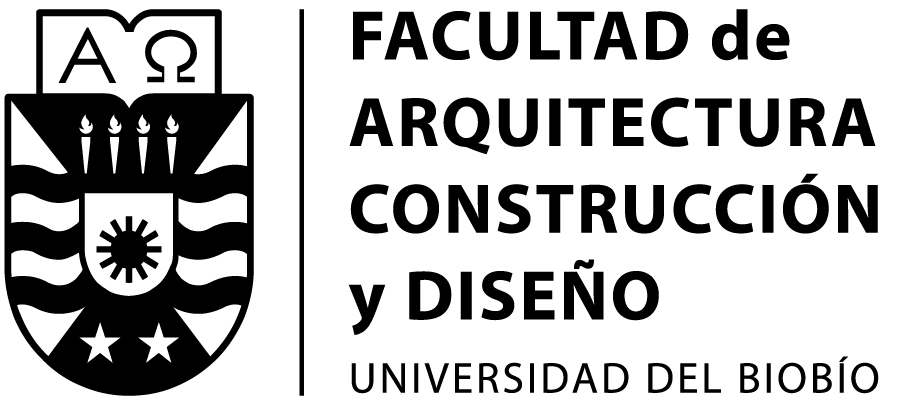Terroir y Territorio. Casos de la pequeña vitivinicultura en el centro sur de Chile.
DOI:
https://doi.org/10.22320/07183607.2020.23.42.09Palabras clave:
vitivinicultura campesina, Chile, paisaje, terroir, socioecologíaResumen
La vitivinicultura es parte del paisaje chileno: en tres valles perviven formas socioecológicas tradicionales de vitivinicultura, cuyas prácticas representan formas hacer y saber que cuestionan y negocian con los procesos de la gran industria. En el presente artículo se expone el trabajo realizado con cinco organizaciones en los valles de Marga-Marga, Lontué e Itata, a través de entrevistas y cartografía social, con el fin de relevar los conflictos socioterritoriales, las prácticas productivas y económicas de los pequeños productores y sus estrategias de inserción de mercado. En definitiva, la sostenibilidad de estas experiencias se juega en recuperar el gusto por un vino local, de sabores diversos, arraigados en las condiciones de los territorios.
Descargas
Citas
Briones, F. (2006). Los inmigrantes franceses y la viticultura en Chile: el caso de René F. Le Feuvre. Universum, 21(2), 126-136. DOI: http://dx.doi.org/10.4067/S0718-23762006000200008
Callon, M. y Law, J. (1997). After the individual in society: Lessons on collectivity from science, technology & society. Canadian journal of sociology, 2(2), 165-182. DOI: https://doi.org/10.2307/3341747
Chayanov, A. V. (1975). Sobre la teoría de los sistemas económicos no capitalistas. Cuadernos políticos, (5), 15-31.
Cid-Aguayo, B. (2019). Cartografías de heterogeneidad económica. Atlas ilustrado. Territorios rurales, Regiones de Ñuble, Maule y Valparaíso, Chile. Concepción: Amukan.
Crowley, W. 2000. Chile’s Wine Industry: Historical Character and Changing Geography. Yearbook (Conference of Latin Americanist Geographers), 26, 87-101. Recuperado de https://www.jstor.org/stable/25765889.
Duhart, F. (2011). Eco-anthropological Considerations on Terroir. Mundo agrario, 11(22). Recuperado de http://www.scielo.org.ar/scielo.php?script=sci_arttext&pid=S1515-59942011000100010&lng=es&tlng=en.
Escobar, A. (1996). Constructing nature. En Peet, R., Liberation ecologies: environment, development, social movements (pp. 46–68). Abingdon-on-Thames: Routledge.
Escobar, A. (2010). Una minga para el postdesarrollo: lugar, medio ambiente y movimientos sociales en las transformaciones globales. (No. 304.2 E74). Programa Democracia y Transformación Global (Perú) Universidad Nacional Mayor de San Marcos, Lima (Perú). Facultad de Ciencias Sociales.
Escobar, A. (2016). Autonomía y diseño: La realización de lo comunal. Popayán: Universidad del Cauca. Sello Editorial Physics.
Gibson-Graham, J. K. (2006). A postcapitalist politics. University of Minnesota Press.
Goodman, D., Dupuis, E. M. y Goodman, M. K. (2011). Alternative food networks: knowledge, place and politics. Routledge, London, UK
Goodman, D. y Watts, M. (1997). Globalising food: agrarian questions and global restructuring. Routledge, London, UK.
Henríquez, S. (2018). Descubren en el Valle del Itata 26 cepas perdidas tras realizar el primer mapeo genético en los viñedos de la zona. El Mercurio. 30/09/2018 Recuperado de http://www.economiaynegocios.cl/noticias/noticias.asp?id=508897
Kaldjian, P. (2009). The Taste of Place: A Cultural Journal into Terroir by Amy B. Trubek. Journal of Regional Science, 49(5), 1010-1014.
Lacoste, O, Castro, A., Briones, F. y Mujica F. (2015). El pipeño: historia de un vino típico del sur del Valle Central de Chile. Idesia (Arica), 33(3), 87-96. DOI: https://dx.doi.org/10.4067/S0718-34292015000300013
Lacoste, P., Castro, A., Rendón, B., Pszczólkowski, P., Soto, N., Adunka, M., Jeffs, J., … y Núñez, E. (2016). Asoleado de Cauquenes y Concepción: apogeo y decadencia de un vino chileno con Denominación de Origen. Idesia (Arica), 34(1), 85-99. DOI: https://dx.doi.org/10.4067/S0718-34292016000100010
Latour, B. (1991). Nous n’avons jamais été modernes: essai d’anthropologie symétrique. Paris: La Découverte.
Latour, B. (2004). Politics of Nature: How to Bring the Sciences into Democracy. Cambridge: Harward University Press.
Letelier, E. y Bustos, P. (2015). Desarrollo reciente de la vitivinicultura en el Valle del Itata. En Aravena, R. (Ed.), Patrimonio vitivinícola. Aproximaciones a la cultura del vino en Chile (pp. 93 – 106). Santiago de Chile, Chile: Ediciones Biblioteca Nacional.
Lima, J.L. (2015). Estudio de caracterización de la cadena de producción y comercialización de la agroindustria vitivinícola: estructura, agentes y prácticas. Santiago: Odepa, Gobierno de Chile.
Malo, M. C. y Mori, T. (2003). Impactos del comercio justo del vino. Tres casos de empresas colectivas de productores en Chile. CIRIEC-España, revista de economía pública, social y cooperativa, (46), 265-289. Recuperado de https://base.socioeco.org/docs/_pdf_174_17404610.pdf.
McIntyre, J. (2017) Wine studies in the humanities and social sciences: a report on symposia and the state of the field. Journal of Wine Research, 28(2), 159-164, DOI: 10.1080/09571264.2017.1309645
Muñoz, J. G. (2012). Vinos malos, buenos y excelentes en el reino de Chile. Revista estudios avanzados, (18), 63-175.
Murdoch, J. (2001). Ecologising Sociology: Actor-Network Theory, Coconstruction and the Problem of Human Exemptionalism. Sociology, 35(1), 111–133. DOI: 10.1177/0038038501035001008
Townsend, C. y Tiefenbacher, J. (2011). Spatial Change in South American Viticulture: Static Factors and Dynamic Processes in Past, Present, and Future Chilean and Argentinean Land Use Patterns and Varietal Choices. En Actas International Geographical Union, Santiago de Chile.
Van Der Ploeg, J. D. (2010). Nuevos Campesinos: Campesinos e Imperios Agroalimentarios. Barcelona: Icaria Editorial.
Zhao, W. (2005). Understanding classifications: Empirical evidence from the American and French wine industries. Poetics, 33(3-4), 179-200.
Descargas
Publicado
Cómo citar
Número
Sección
Licencia
Derechos de autor 2020 Beatriz Eugenia Cid-Aguayo, Eduardo Letelier-Araya, Pablo Saravia-Ramos, Julien Vanhulst, Nelson Varroza Athens, Dr (c), Isidora Troncoso, MsC (c)

Esta obra está bajo una licencia internacional Creative Commons Atribución-CompartirIgual 4.0.
El contenido de los artículos y reseñas que se publican en cada número de Urbano, es responsabilidad exclusiva de los autores y no representan necesariamente el pensamiento ni comprometen la opinión de la Universidad del Bío-Bío.
Las/os autoras/es conservarán sus derechos de autor, sin embargo, garantizarán a la revista el derecho de primera publicación y difusión de su obra. La publicación del artículo en Urbano estará sujeta a la Licencia de Reconocimiento de Creative Commons CC BY-SA que permite a otros compartir-copiar, transformar o crear nuevo material a partir de esta obra para cualquier propósito, incluso comercialmente, siempre y cuando se reconozcan la autoría y la primera publicación en esta revista, y sus nuevas creaciones estén bajo una licencia con los mismos términos.![]()























